Google ads are the text ads appearing at the top of search results when the searcher types in a keyword which is designated in the advertiser’s campaign. Sometimes, only these text ads appear at the top of the page. But they can also show up immediately beneath Google shopping ads (with their product thumbnail images). Whatever the case, paid search results are always shown above organic search results. However, since ad placement is based on a live bidding process, a paid ad may not show up on the first page of search results but a later page. Google assigns ad placement based on the bid price (“cost per click” or “CPC”), and quality score of the ad in question. (For a more detailed explanation of how Google computes the quality score for an ad, read our SEM section.)
The advertiser has a lot of control over the conditions governing when and where their ads will appear including device, geography, demography, time of day, etc. But the most important are the keywords which will trigger the publication of an ad. For example, a vintage car dealer specializing in old Jaguars may want his advertisement to appear only when the exact words “vintage Jaguar” or “antique Jaguar” are typed into the search box. However, if he has more budget, he may want to expand his campaign to include phrases in which those same words appear. This way, if someone is searching for a “vintage car dealer selling Jaguars”, his ad will appear. The main point is that there are many ways to alter the settings and conditions are under which your ads will be served and that is where Cogney’s expertise is critical.
Like most ad campaigns, the goal is maximizing return on ad spend (ROAS). In the case of Google ads, that means:
- Determining which ad copy delivers the best results (A/B testing) and eliminating sub-optimal ads;
- Eliminating non-performing keywords;
- Repelling searchers who do not possess the desired buying intent;
- Reducing the cost of your ads by improving their quality store, a process requiring refinement of ad and landing page copy to ensure the closest match possible between searcher intention and actual product offering.
Before we commence set-up of a new campaign, we ask the client for data from any Google ad campaigns they may have conducted in the past. Such data can give us a leg up on the optimization process.
We conduct keyword research as the first step in devising a campaign. If you have a fixed budget or don’t know how much to spend, we can recommend a budget based on keyword search volume and CPC. Then, we write ads for different topics, while assessing the adequacy of their corresponding landing pages on your website, because what’s the point of attracting relevant buyers if they don’t feel like your website actually meets their needs. For that matter, we eliminate irrelevant traffic that will never buy from your website by setting up negative keywords like “free” or “cheap” in your campaign. Finally, we check that basic analytics have been set up on your site so that we can track conversions from the campaign. Once the campaign is live, we check on its performance every day. Once we see statistically significant differences in the performance of different ads or keywords, we make adjustments to the campaign, adjusting bids, adding new negative keywords and reallocating budget to the ads or keywords with the highest click-through and conversion. (We also make changes to a campaign based on a client’s marketing calendar or priorities, e.g., promotions, product launches, etc.) Over the next few months, we continue this process until the CPC has dropped significantly (around 30%) and we are satisfied that the campaign is stable and optimized.




